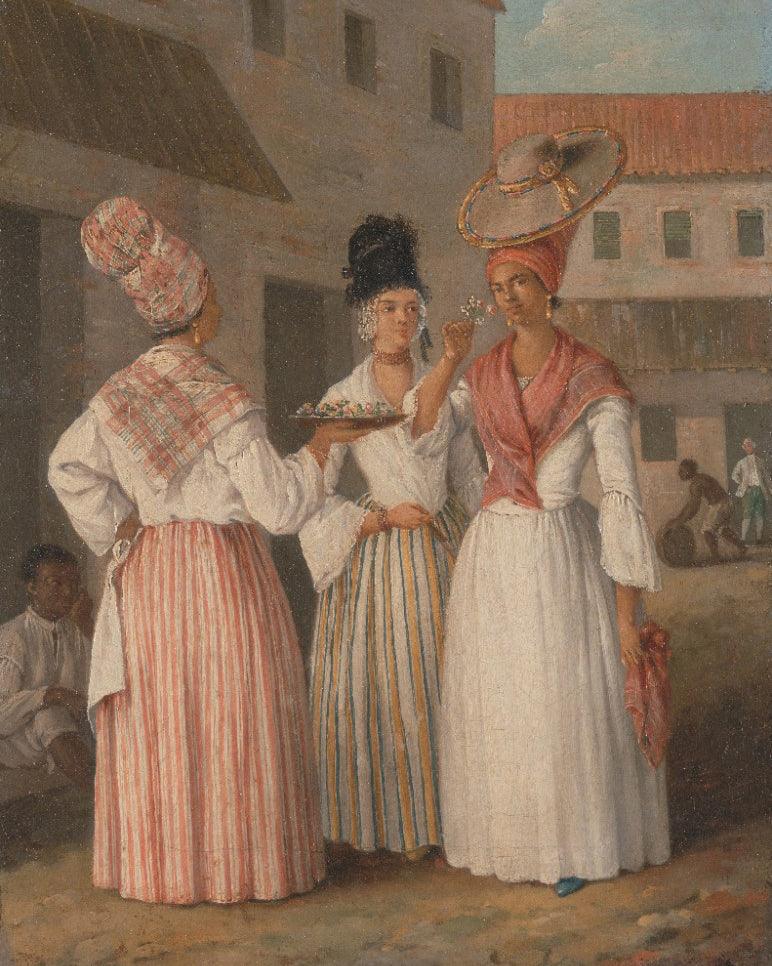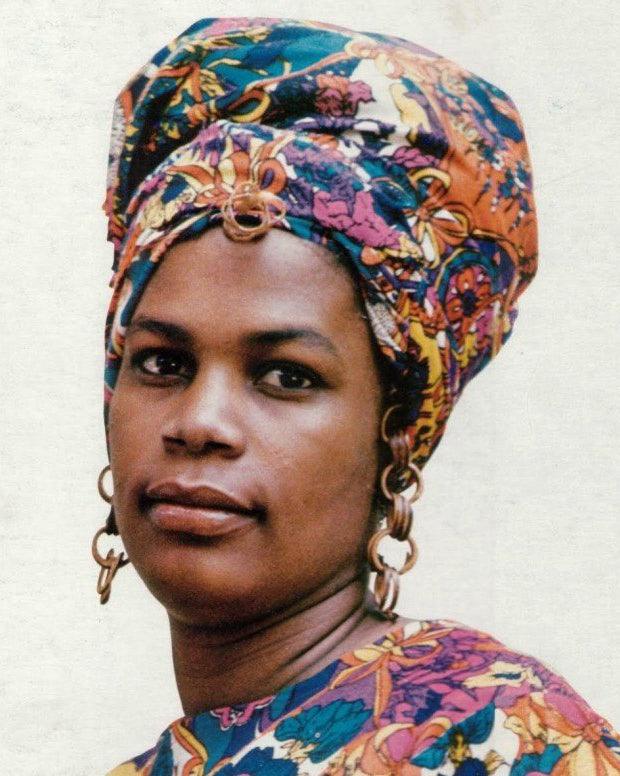In 1786, it became illegal for women of African descent to show their hair in public. Yes, this was a real law.
Keep reading...

WHAT IS TIGNON LAW?
A decree demanding that women of African descent, slave or free, should cover their hair and heads with a knotted headdress and refrain from "excessive attention to dress".
WHY WAS TIGNON LAW CREATED?
✨Many of them had become openly kept mistresses of white, French, and Spanish Creole men.
⚡️This perceived threat to white women's relationships with French and Spanish Creole men created contention.
COLORFUL PROTEST
Tignon Law was enforced with the intention to shame women of color, suppress creative expression and diminish the threat to the social status of white women during that time.
Despite laws that tried to suppress the flyness of African descendants, they protested in colorful ways.

According to historian Carolyn Long, "Instead of being considered a badge of dishonor, the tignon became a fashion statement.
The bright reds, blues, and yellows of the scarves, and the imaginative wrapping techniques employed by their wearers, are said to have enhanced the beauty of women of color."





Great lesson for us to absorb and share with our younger Black Queens! 💃